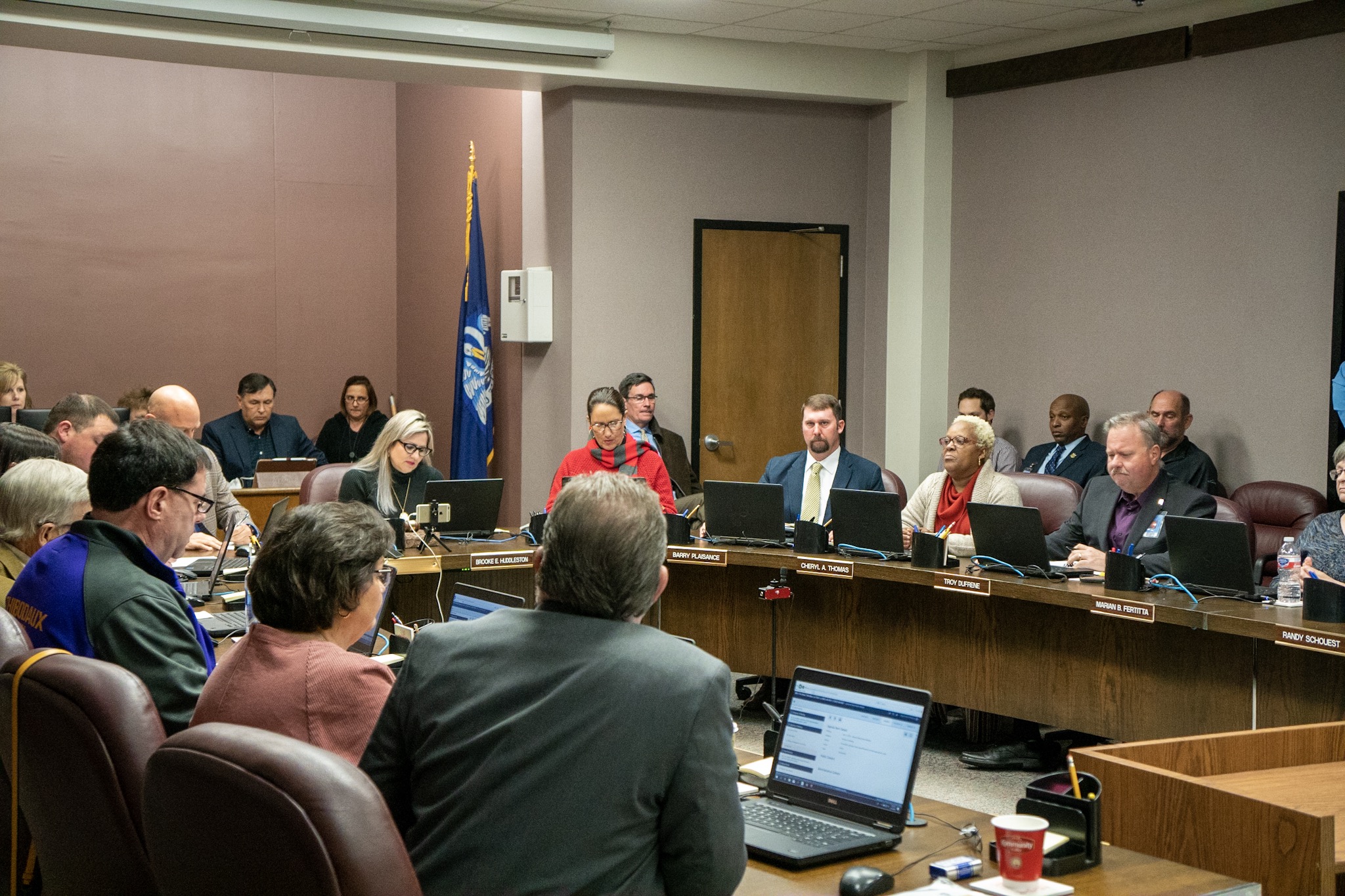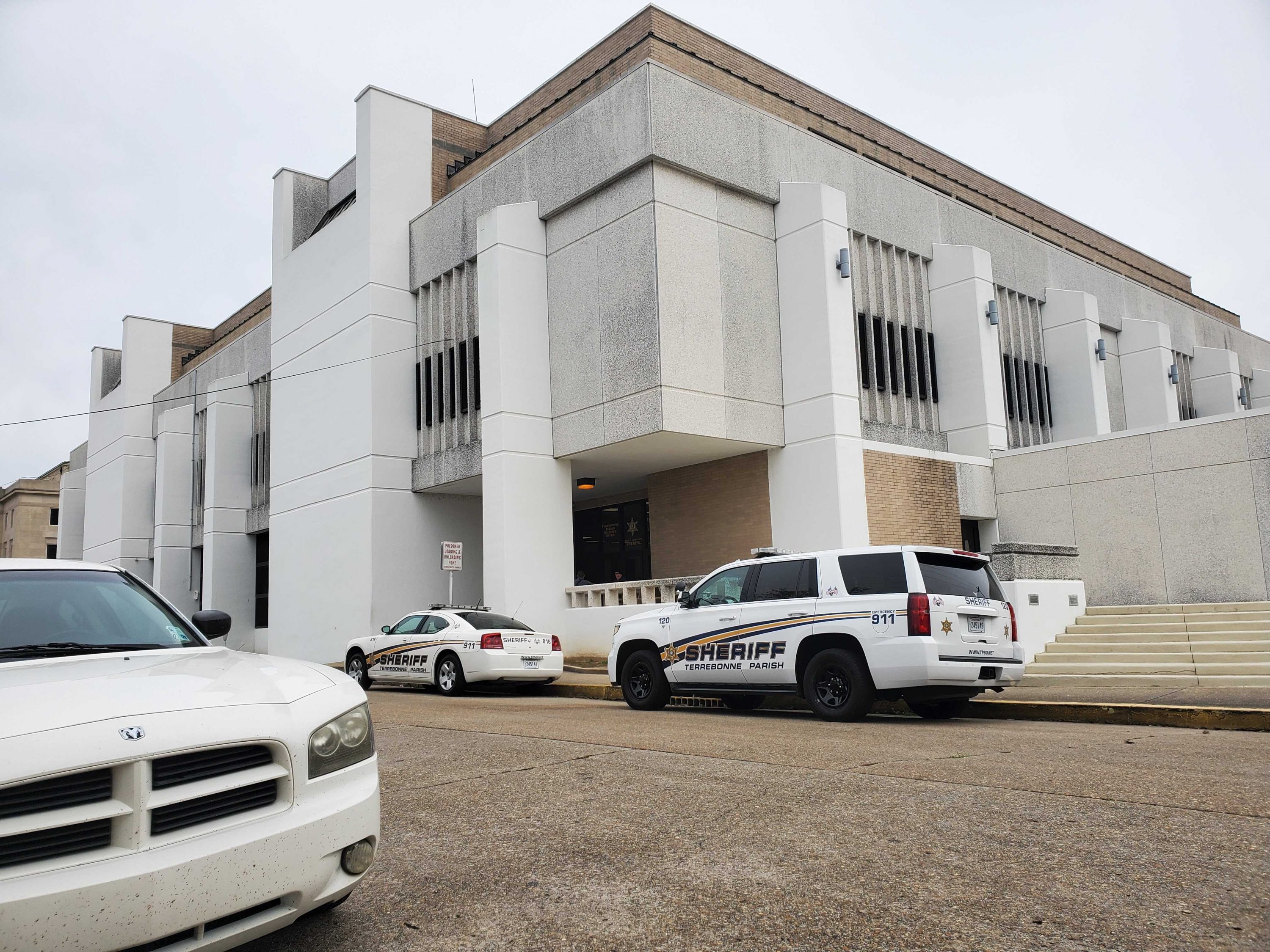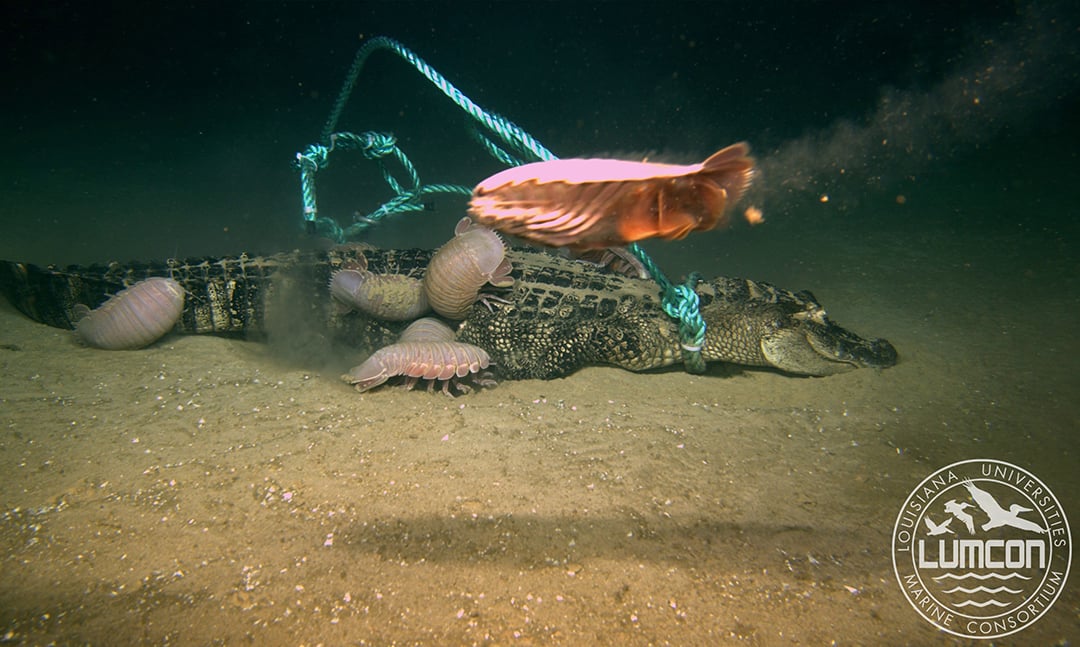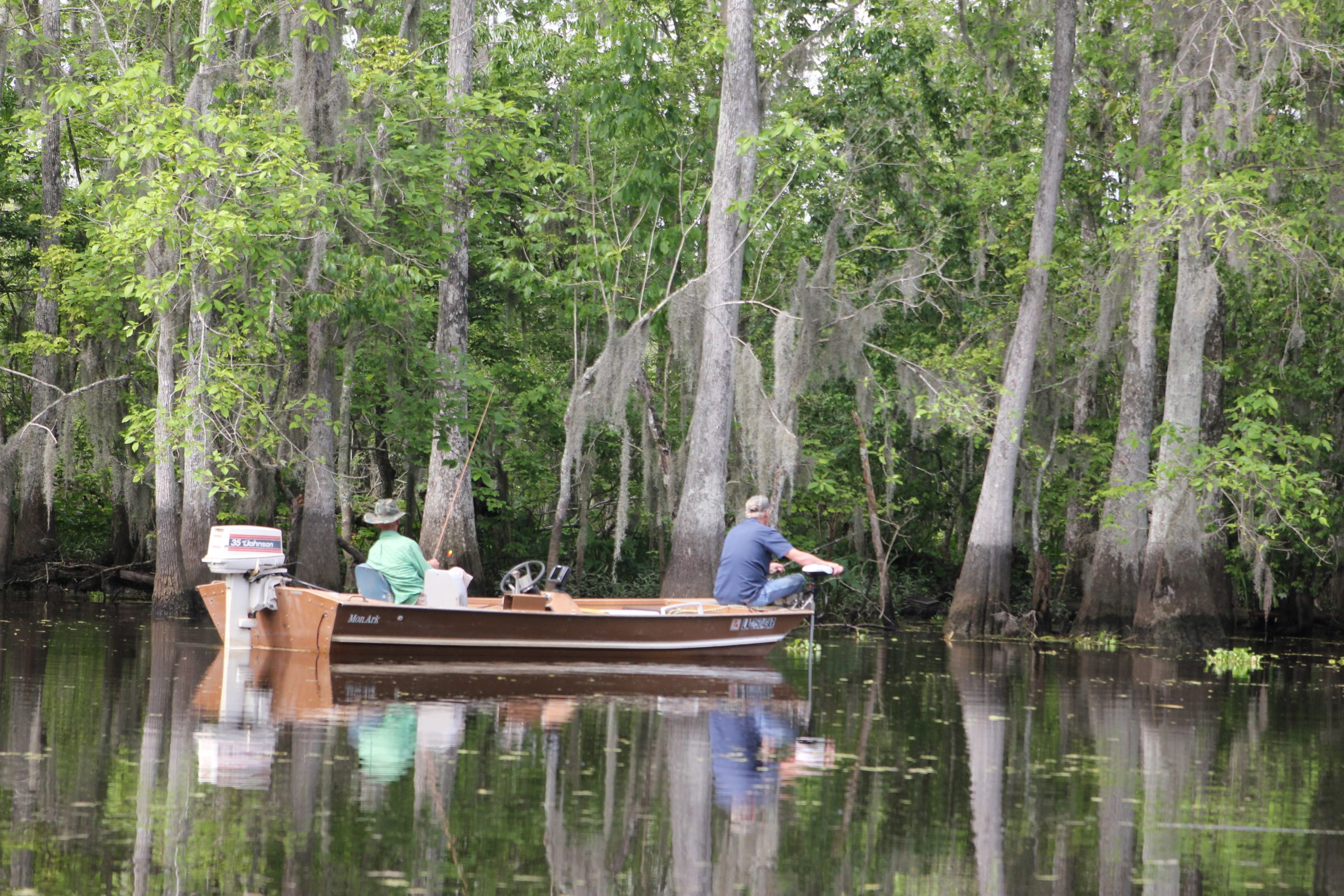
Lafourche School Board selects new Superintendent
January 21, 2020
Terrebonne Sheriff Claims Crime Rates Plummeted
January 22, 2020Marine biologists discovered an unidentified species of marine worms after depositing three dead alligators at different spots along floor of the northern Gulf of Mexico at depths of up to approximately 6,600 feet, according to the study’s results.
The newly discovered species is from the Osedax genus, a group of bone-eating worms. (The light brown fuzz in the above picture is the species.)
“The first important part is just the fact that we found it in the Gulf of Mexico. [Osedax worms] are known from all over the globe in different habitats but had yet been described from here,” said Dr. Clifton Nunnally, lab manager at Louisiana Universities Marine Consortium (LUMCON), which oversaw the project.
“The other thing it tells us is because there is a population of these bone–eating worms here, we know that that in the Gulf of Mexico, large food falls, like whales and anything else, must be a common occurrence for this type of species to be available to colonize the bones,” he continued.
Scientists deployed the carcasses early last year to discover how they would fare as a food source at great ocean depths, where the absence of light prevents photosynthesis.
Larger marine organisms in the deep depend on dead fish or whales, pieces of decaying animals or feces that descend to the seabed for survival. That food source could be scarce, however.
The group wanted to find out how the deep marine life would respond to the alligator carcasses, more specifically the “Alligator mississippiensis,” also known as the American alligator.
“In the modern oceans, the 24 species of crocodilians may fulfill an important ecological role into the deep oceans by serving as the closest modern analog of prehistoric marine reptile food falls,” the research report reads. “Here we focus our study on the American alligator, Alligator mississippiensis…These individuals of A. mississippiensis may be easily carried offshore by major rivers or during large storm events, tropical storms and hurricanes.”
Scavengers began consuming one body 43 hours post-deployment. Another one was devoid of soft tissue at 51 days post-deployment, and the third was missing after eight days, which suggested a large elasmobranch scavenger after discovering the deployment harness and weight roughly 26 feet away.
“It’s just another reminder of how food is valuable in the deep sea,” Nunnally said. “So not only were all of the soft parts of the alligator utilized — it was also the bones, more specifically the lipid in the bones, that those Osedax worms were able to use, even after it seemed like most of the food was gone.”

Watch the video of multiple giant isopods devouring one of the carcasses.







